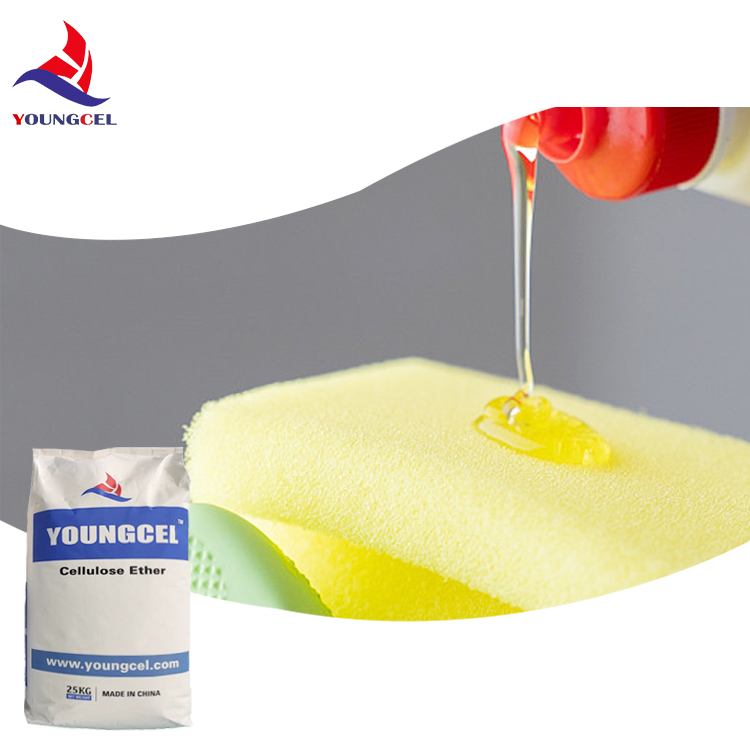Understanding Cellulose and Its Derivative HPMC Applications and Benefits
Cellulose, a complex carbohydrate or polysaccharide, is the primary structural component of the cell walls in plants. It is an essential organic polymer found abundantly in nature, making up about 33% of all plant matter. The importance of cellulose extends beyond its role in plant structure; it serves as a vital ingredient in various industrial applications, including textiles, paper production, and food additives.
Understanding Cellulose and Its Derivative HPMC Applications and Benefits
In the pharmaceutical industry, HPMC plays a crucial role as a binder and film-forming agent in tablet formulations. Its ability to form gels and controlled-release matrices makes it a valuable excipient in drug delivery systems. The polite solubility of HPMC in water enables it to facilitate the release of active pharmaceutical ingredients, improving the bioavailability of medications. Furthermore, HPMC’s biocompatibility makes it an ideal choice for various formulations, ensuring safety and efficacy.
cellulos hpmc

In the food industry, HPMC is used as a thickener, emulsifier, and stabilizer due to its excellent water retention properties. It helps improve the texture and mouthfeel of food products, enhancing consumer experience. Additionally, HPMC can serve as a fat replacer in low-fat and reduced-calorie food formulations, assisting in calorie control without compromising taste. Its use as a gluten substitute in gluten-free products is gaining popularity, enabling better texture and structure in baked goods.
Cosmetic formulations also benefit from HPMC’s unique properties. It acts as a thickening agent and stabilizer in creams, lotions, and gels, enhancing the product's performance and aesthetic appeal. HPMC’s ability to create a smooth, silky texture makes it a preferred ingredient in various skincare and cosmetic products. Moreover, its film-forming capabilities can provide a protective barrier on the skin, offering hydration and a pleasant sensory experience.
In the construction industry, HPMC is utilized in various applications, mainly as a masonry and cement additive. It improves the workability and adhesion of mortars and plasters, allowing for greater ease of application and enhanced durability. The water-retaining properties of HPMC ensure that building materials maintain the right moisture levels during curing, which is critical for achieving optimal strength and performance.
In conclusion, cellulose and its derivative HPMC are essential components in multiple industries due to their unique properties and versatility. As a naturally occurring polymer, cellulose provides a sustainable foundation for the development of HPMC, which serves various applications ranging from pharmaceuticals to food products and beyond. The ongoing research and innovation in modifying cellulose derivatives promise to unlock new functionalities and improve product performances, solidifying cellulose's role in modern industry. As we continue to explore the vast potential of cellulose and its derivatives, we must also consider the importance of sustainable practices in utilizing these valuable resources, ensuring their availability for future generations.
-
Rdp Powder: Key Considerations for Wholesalers in the Building Materials IndustryNewsJul.08,2025
-
Key Considerations for Wholesalers: Navigating the World of Hpmc - Based ProductsNewsJul.08,2025
-
Hpmc Detergent: Key Considerations for WholesalersNewsJul.08,2025
-
Key Considerations for Wholesalers: China Hpmc For Tile Adhesive, Coating Additives, Concrete Additives, and MoreNewsJul.08,2025
-
Crucial Considerations for Wholesalers: Navigating the World of Construction MaterialsNewsJul.08,2025
-
Key Considerations for Wholesalers Sourcing Additive For Cement, Additive For Concrete, Additive For Putty from Additive Manufacturer Shijiazhuang Gaocheng District Yongfeng Cellulose Co., Ltd.NewsJul.08,2025




